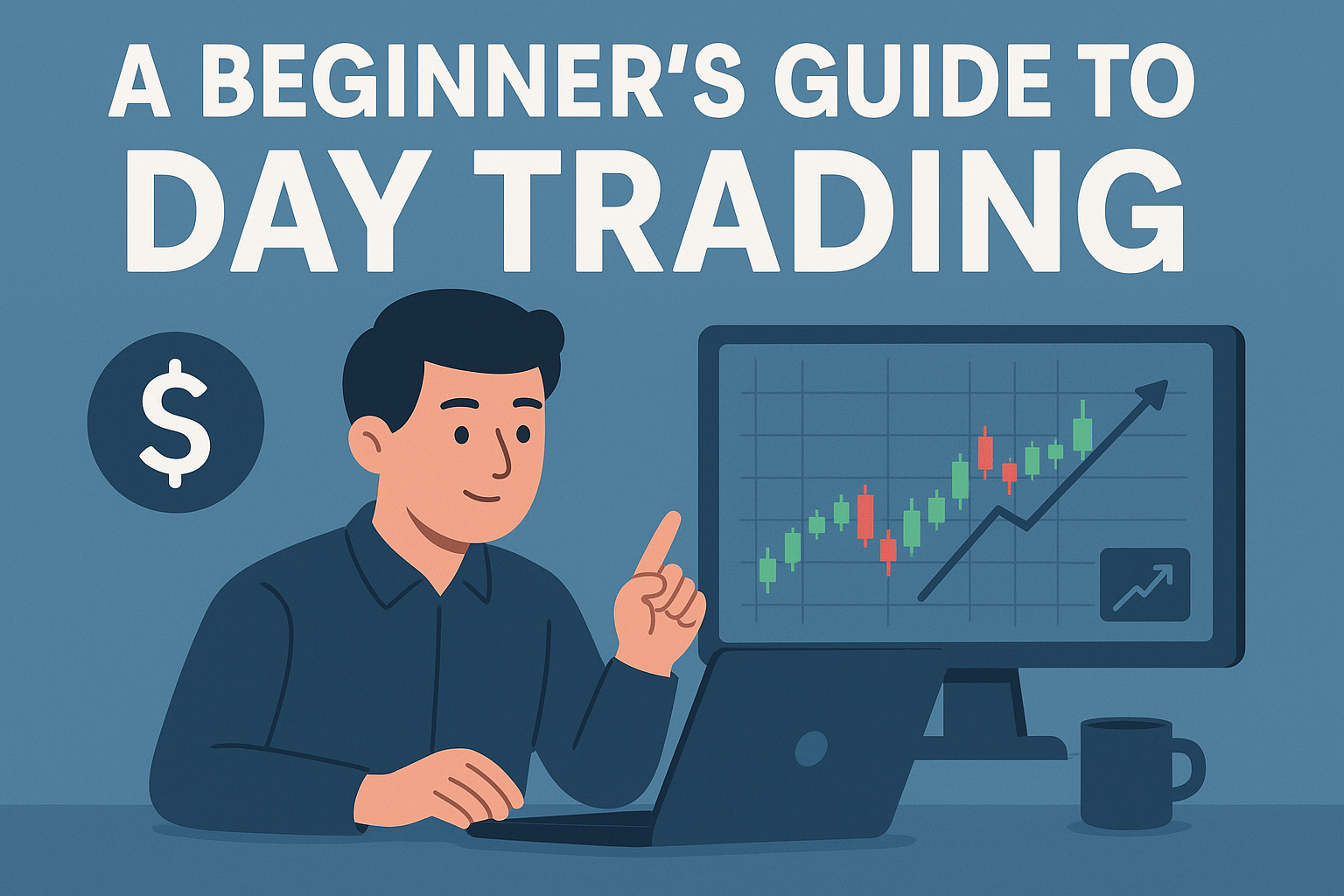For anyone just stepping into the stock market, the word “options” often sounds intimidating. Many assume it’s a high-risk game reserved only for advanced traders. In reality, options can be a beginner’s best friend when used correctly. Think of them as tools that expand your investment possibilities rather than limit them.
One of the biggest advantages is risk control. Options act like a safety net, giving you ways to protect your portfolio from sudden market downturns. They also provide flexibility, letting you design strategies to benefit whether prices are climbing, dropping, or even moving sideways. With leverage, options let you control a large amount of stock for a relatively small upfront cost. And if you’re looking for a steady income, strategies like writing covered calls can create consistent cash flow while you still hold your shares.
For new traders, learning options is like learning to use both the hammer and the screwdriver instead of relying on just one tool—it makes you far more prepared for different market conditions. In this extensive guide, Namo Trading Academy will discuss Options Trading Simplified: A Beginner’s Guide to Smart Investing.
How Options Work: The Basics
At its core, an option is simply a contract linked to an underlying stock or security. Every option has four key elements that determine its value and purpose.
- The underlying asset is the stock or index the contract is tied to.
- The strike price is the level at which you can buy (call) or sell (put) that asset.
- The expiration date is the contract’s deadline. If you don’t act by then, the option disappears.
- The premium is the price you pay upfront for the right the option gives you.
Imagine this in practice: suppose you buy a call option on a stock at a $100 strike price, with a one-month expiry, and you pay $5 as the premium. If the stock climbs to $120, you can still buy it at $100, instantly gaining $20 per share minus the $5 premium. But if the stock doesn’t rise above $100, the most you lose is that $5 premium. This structure makes options appealing for traders who want high reward potential with clearly defined risk.
Call Options Explained
A call option represents a bet that prices will rise. It’s a way of saying, “I want the right to buy this stock later because I think it will be worth more.” The attraction of calls is the upside potential—if the stock rallies, the value of the call option can increase much faster, percentage-wise, than the stock itself.
For example, during an earnings season, if you believe a company will report better-than-expected results, buying calls could allow you to profit from that move without tying up a large amount of money in the actual stock. Of course, if the stock doesn’t move as expected, the call could expire worthless, but your maximum loss remains limited to the premium you paid.
Put Options Explained
Where calls benefit from rising markets, put options shine when markets fall. Buying a put gives you the right to sell a stock at a fixed price even if the market price plummets. That’s why many investors see puts as a form of insurance.
Picture this: you own shares of a company currently priced at $100. You’re worried the market might dip, so you purchase a put option with a strike price of $95. If the stock crashes to $80, you don’t have to sell it at the new low price—you can still exercise your put and sell at $95. In this way, it safeguards your investment and provides peace of mind in volatile markets.
Common Options Trading Strategies for Beginners
Although there are hundreds of strategies involving options, a few simple ones are perfect for beginners.
The covered call is a strategy where you own shares of stock and sell a call option on those shares. You earn money from the option premium, and if the stock rises beyond the strike price, you may have to sell your shares—but at a profit.
The protective put is frequently likened to purchasing stock holding insurance. To reduce possible losses if the price drops, you simultaneously acquire a stock and a put option.
Another beginner-friendly method is the cash-secured put. Here, you sell a put option on a stock you wouldn’t mind owning, while keeping enough cash aside to buy it if needed. This allows you to collect premiums while waiting for the stock to possibly be assigned to you at a lower price.
These straightforward approaches allow new traders to explore the world of options without jumping straight into complex, high-risk strategies.
Understanding the Greeks
The Greeks are technical indicators used in options trading that help minimise risk by elucidating the factors that affect an option’s price. They quantify Delta, Gamma, and Theta, which show the stability and degradation of the option over time.
Vega shows how sensitive the option price is to changes in market volatility.
For beginners, even a surface-level understanding of these Greeks can prevent costly mistakes. Over time, mastering them allows traders to fine-tune strategies and better predict how their positions will behave under changing market conditions.
Risks of Options Trading
While options provide opportunities, they are not without risks. The most common risks include:
- Losing the Premium: If your prediction is wrong, the entire premium paid for the option may be lost.
- Leverage Risk: The same leverage that magnifies profits also magnifies losses.
- Time Decay: Options lose value as expiration approaches, even if the stock moves in the right direction.
- Complexity: Some strategies involve multiple contracts, which can be confusing for beginners.
This is why proper education, practice with paper trading, and strict risk management are critical before trading with real money.
Tools and Platforms for Options Trading
Today’s traders have access to advanced platforms that make options trading easier. Many brokerage accounts offer:
- Option Chains: A list of available contracts for a stock.
- Profit/Loss Calculators: Tools to visualize potential outcomes.
- Paper Trading Accounts: Simulated accounts to practice strategies without financial risk.
Popular platforms like Robinhood, TD Ameritrade (Thinkorswim), and Zerodha in India have made options trading accessible for beginners with intuitive interfaces and educational tools.
How to Get Started with Options Trading
If you’re new to options trading, here’s a simple roadmap:
- Educate Yourself: Learn the basics of call and put options, expiration, and strike prices.
- Start Small: Begin with simple strategies like covered calls or protective puts.
- Use Paper Trading: Practice without risking money.
- Focus on Risk Management: Never risk more than you can afford to lose.
- Stay Disciplined: Stick to your strategy and avoid emotional decisions.
By starting small and learning gradually, beginners can gain confidence and reduce mistakes.
Final Thoughts
Options trading might seem intimidating at first, but when simplified, it becomes a powerful way to diversify strategies, protect investments, and maximize returns. By understanding call and put options, practicing beginner-friendly strategies, and managing risks, you can use options as a smart investing tool rather than a gamble.
The key to success in options trading lies in education, discipline, and risk control. With patience and the right knowledge, even beginners can turn options trading into a valuable part of their financial journey. We strongly believe this article, Namo Trading Academy explains Options Trading Simplified: A Beginner’s Guide to Smart Investing, will help your trading journey.



